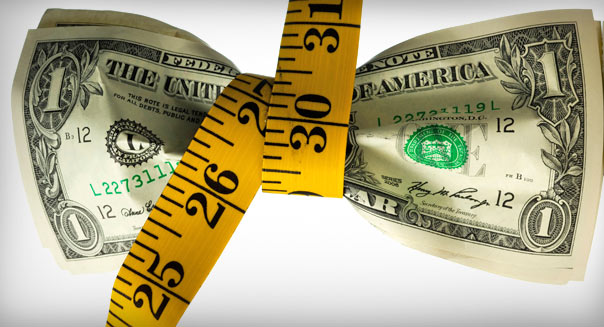An initial fitness assessment is among the most important aspects of a client’s wellness program, since it forms the very foundation of any subsequent wellness plan. While many gyms and personal trainers will often offer free “initial consultations,” these sessions are usually brief and are ineffective from a data-gathering perspective. On the other hand, initial client assessments (as offered by Advanced Training Principles, anyway), are a longer, more comprehensive look at a client’s wellness situation. Using multiple assessment procedures (all packed into less than 75 fun-filled minutes), our Corrective Exercise Specialists are able to gather a staggeringly large amount of data, which is then used in the creation of very targeted and specific wellness plans, ensuring that the client’s goals and needs become real, tangible objects.
In my opinion, any “Wellness Consultation” should offer the following basic assessments:
- Overall General Health Questionnaire—Something like those obligatory packets you receive at the Doctor’s office on your first visit. Usually these will include a short medical history and lifestyle/activity questions, and are designed as a BRIEF snapshot. (Any specific medical concerns are then discussed with the client’s primary care physician, with client approval).
- Short Nutrition Snapshot—Again, a small section to determine overall client dietary intake habits. Specific conditions/issues are generally referred to a Registered Dietitian/Nutritionist.
- Kinetic Chain (Movement)/Postural Assessment—This part of the fitness assessment process involves both body-weight movements to ferret out any problematic movement patterns as well as postural alignment checks. The Kinetic Chain portion is probably the single most important part of this whole process!
- Strength Assessment—While it’s generally a BAD idea to lift the absolute maximum on any given movement (especially during an assessment procedure), this seems to be the norm among many, less-experienced professionals. It IS a good idea to determine the proper amount of functional weight a client can use—a number gathered through the use of light and natural movements.
- Cardiovascular Assessment—Here again, this can be needlessly complicated in any number of ways, from one hour treadmill marathons to intense Jazzercise-like flailing to simple 3 minute step tests (our particular preference). What they all have in common is that they are designed to make clients feel slightly uncomfortable, but not take every ounce of breath out of the lungs, thus rendering useless the client for assessment purposes moving forward.
- Objective Measurements–Factual numbers such as body-fat percentage and body mass index. This is stuff the insurance companies like to see if they’re footing the bill for these wellness programs.

Some Assessments, Sometimes Included:
If clients are visiting for a specific reason/goal, wellness professionals may offer more targeted assessment procedures, such as blood pressure readings or body part measurements.
Regardless of what type of program you are thinking about beginning, it’s critical to undergo the most complete fitness assessment process that both time and finances allow. Doing so will most certainly lead to a more enjoyable and effective wellness experience.


